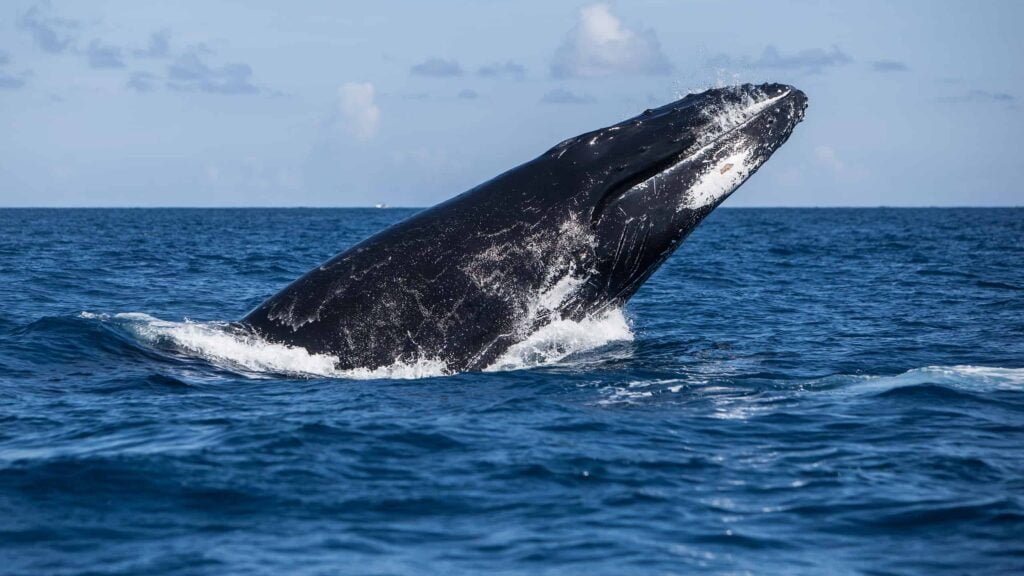Whale Migration in South Africa

Whale migration in South Africa is a remarkable natural phenomenon that attracts tourists and researchers alike. The southern coast of South Africa is one of the prime locations for whale watching, especially during the winter and spring months, from June to November. During this time, large numbers of whales migrate from their cold-water feeding grounds in Antarctica to the warmer waters of South Africa’s coastline for mating, giving birth, and nursing their young.
Two prominent species of whales that are commonly observed during this migration period are the Southern Right Whale and the Humpback Whale. Here’s some information about each species and their migration patterns in South Africa:
1. **Southern Right Whales (Eubalaena australis):**
– Southern Right Whales are known for their distinctive V-shaped blow and lack of a dorsal fin.
– They typically migrate from Antarctica to the sheltered bays and coastal areas of South Africa to give birth and nurse their calves.
– Popular locations for viewing Southern Right Whales include Hermanus, Plettenberg Bay, Walker Bay, and De Hoop Nature Reserve. Hermanus, in particular, is famous for its “Whale Crier” who signals the presence of whales to onlookers.
– The Southern Right Whale population was once heavily hunted, but they are now protected under international law, and their numbers have been gradually recovering.
2. **Humpback Whales (Megaptera novaeangliae):**
– Humpback Whales are known for their acrobatic displays, including breaching and tail slapping.
– They also migrate from Antarctic waters to South Africa’s coastline for breeding and calving.
– Humpback Whales are often spotted along the Garden Route, near towns like Knysna and Plettenberg Bay, as well as off the coast of Cape Town.
– Their population has also been recovering since the end of commercial whaling.
The South African government, in collaboration with conservation organizations, has established protected areas and regulations to ensure the safety and well-being of these magnificent creatures during their migration. Whale watching tours and boat trips are a popular and responsible way for tourists to witness these majestic animals up close while adhering to guidelines that minimize disturbance to the whales.
It’s important to note that while the general migration patterns of these whales are well-known, individual behaviors can vary. If you’re planning to engage in whale watching in South Africa, it’s recommended to do so through reputable tour operators who prioritize the well-being of the animals and follow ethical guidelines for wildlife interactions.


